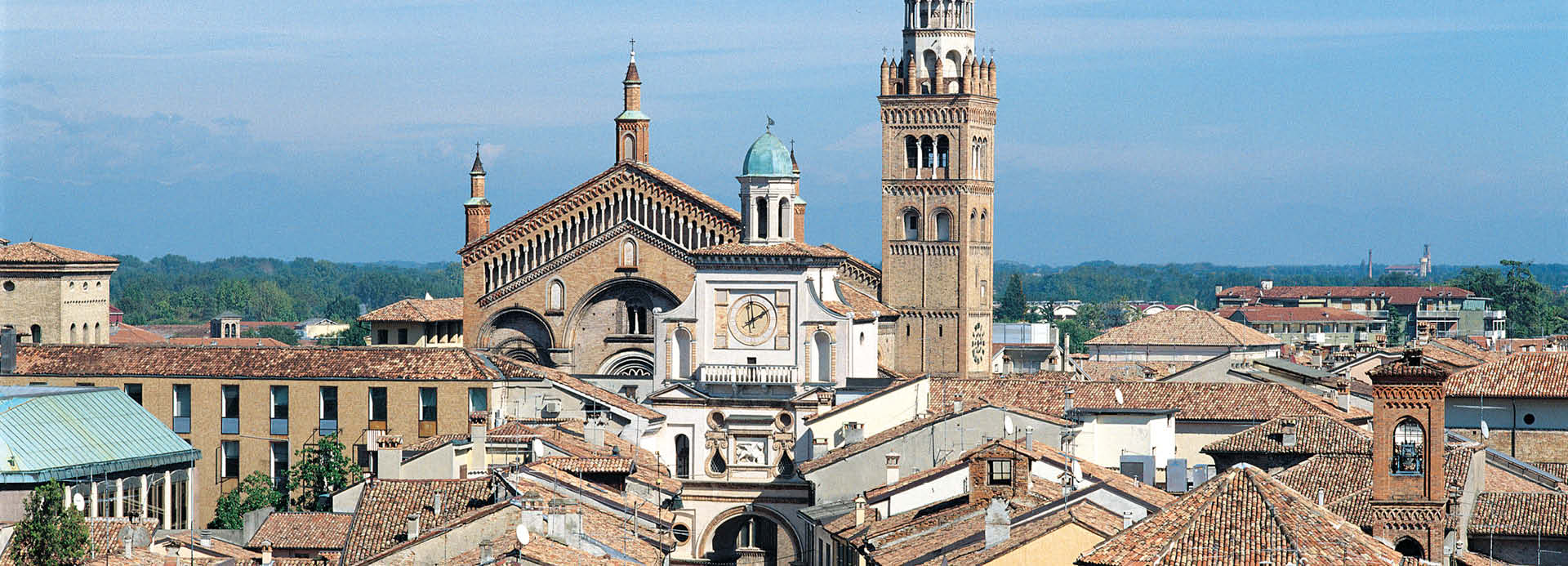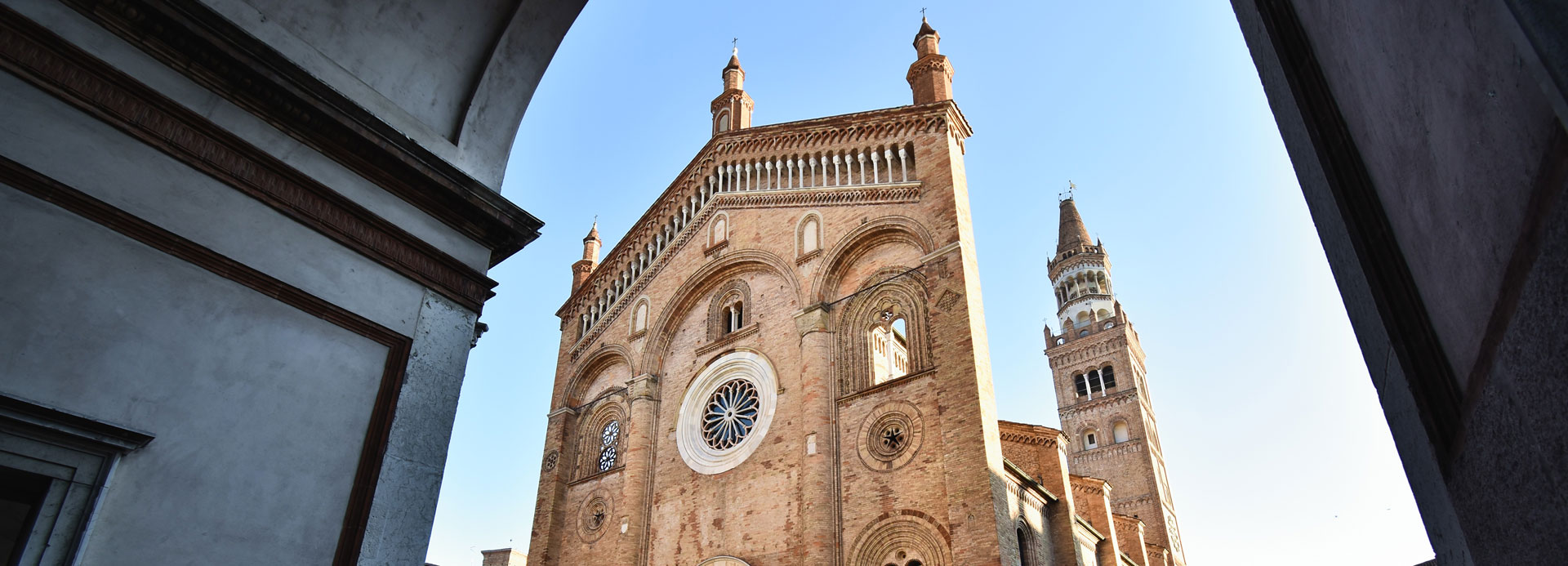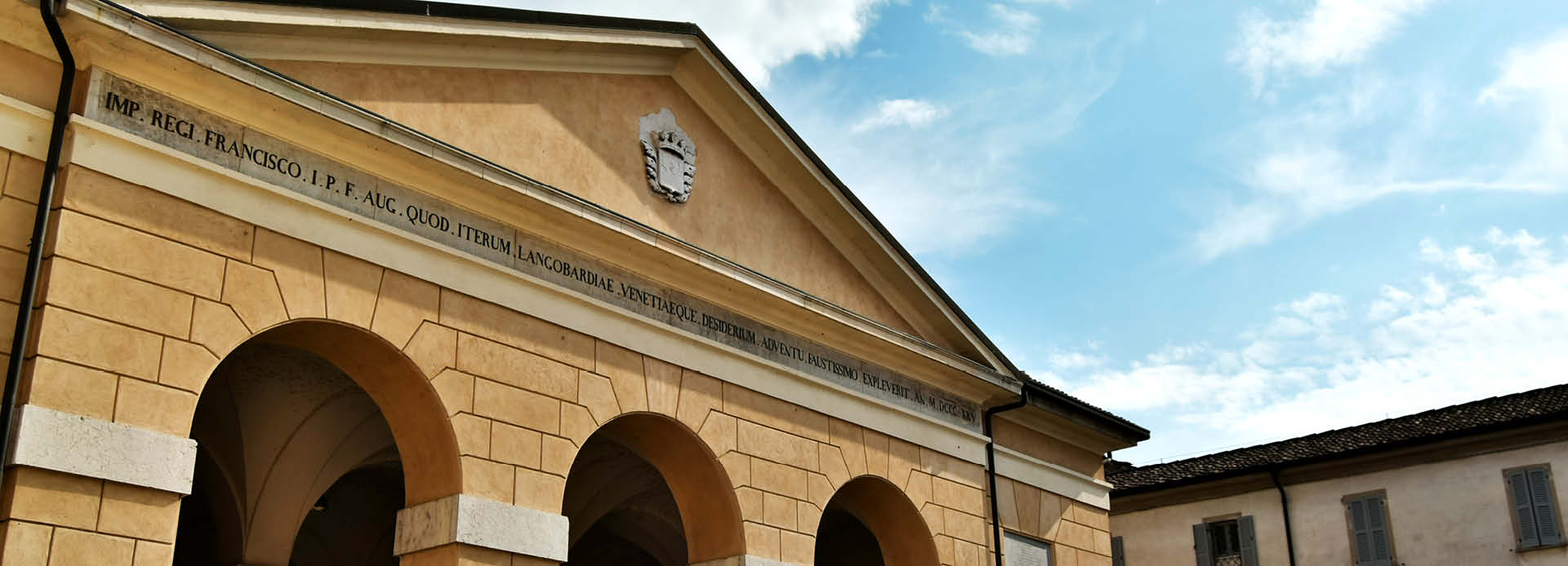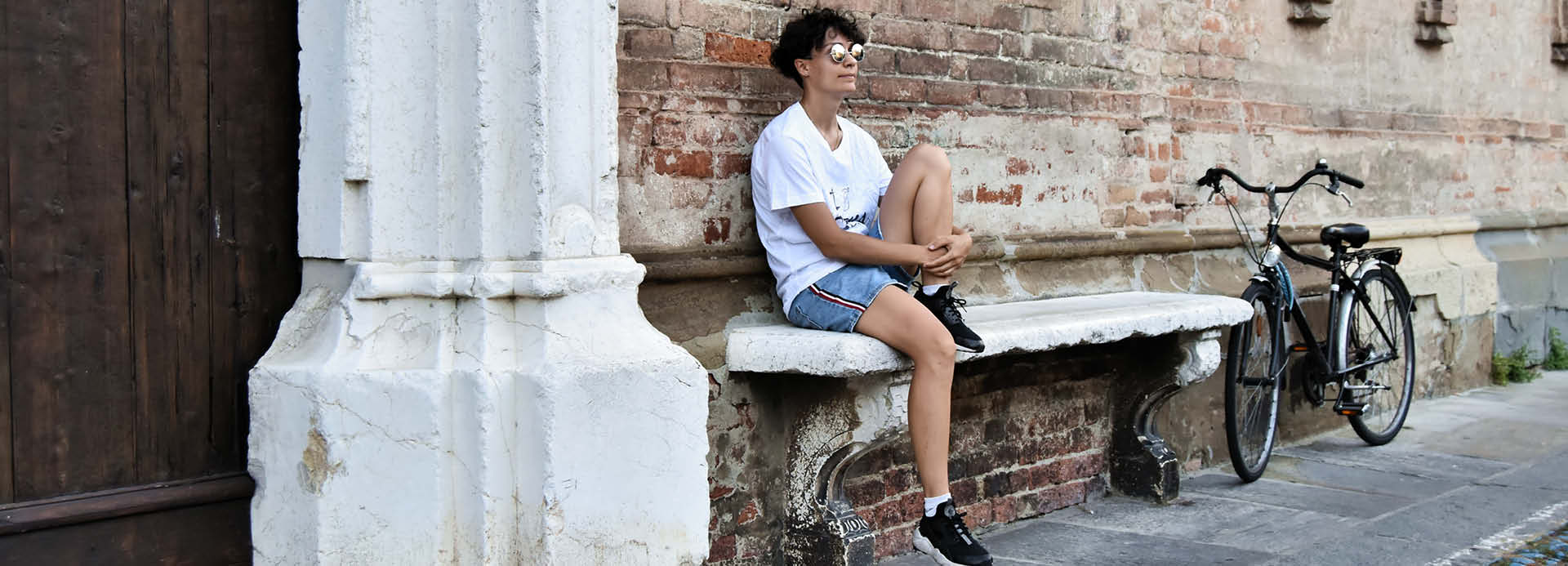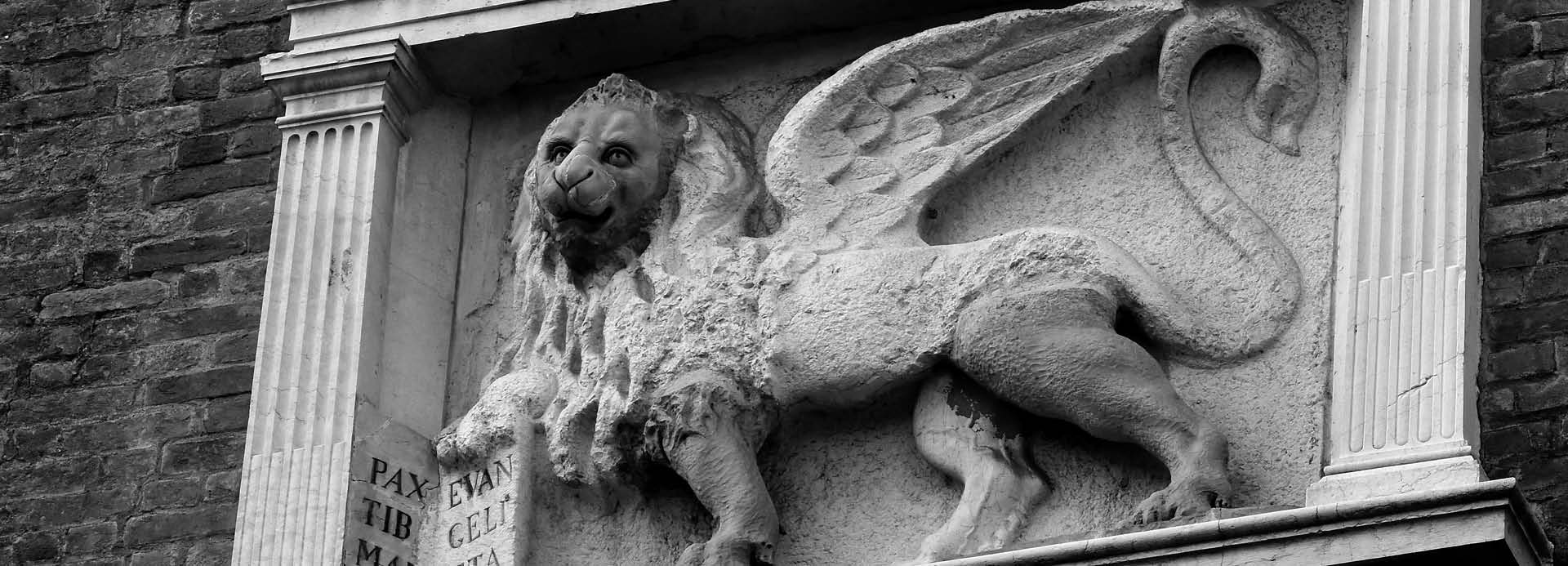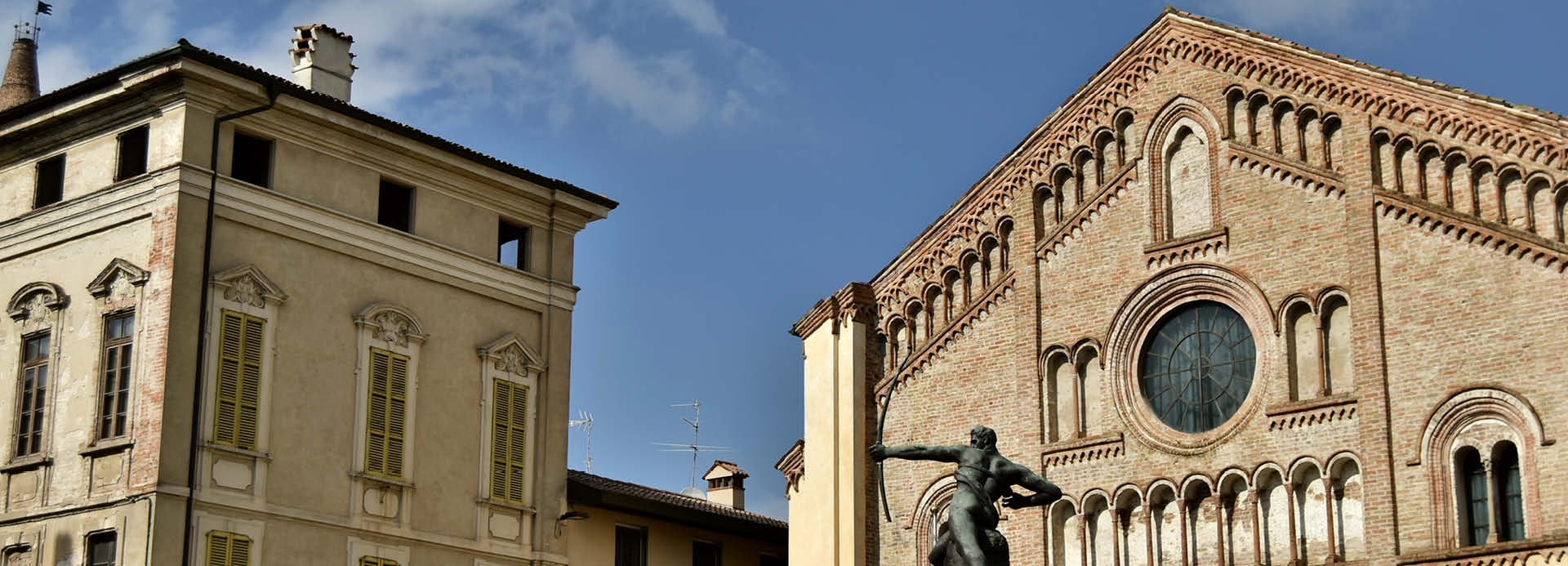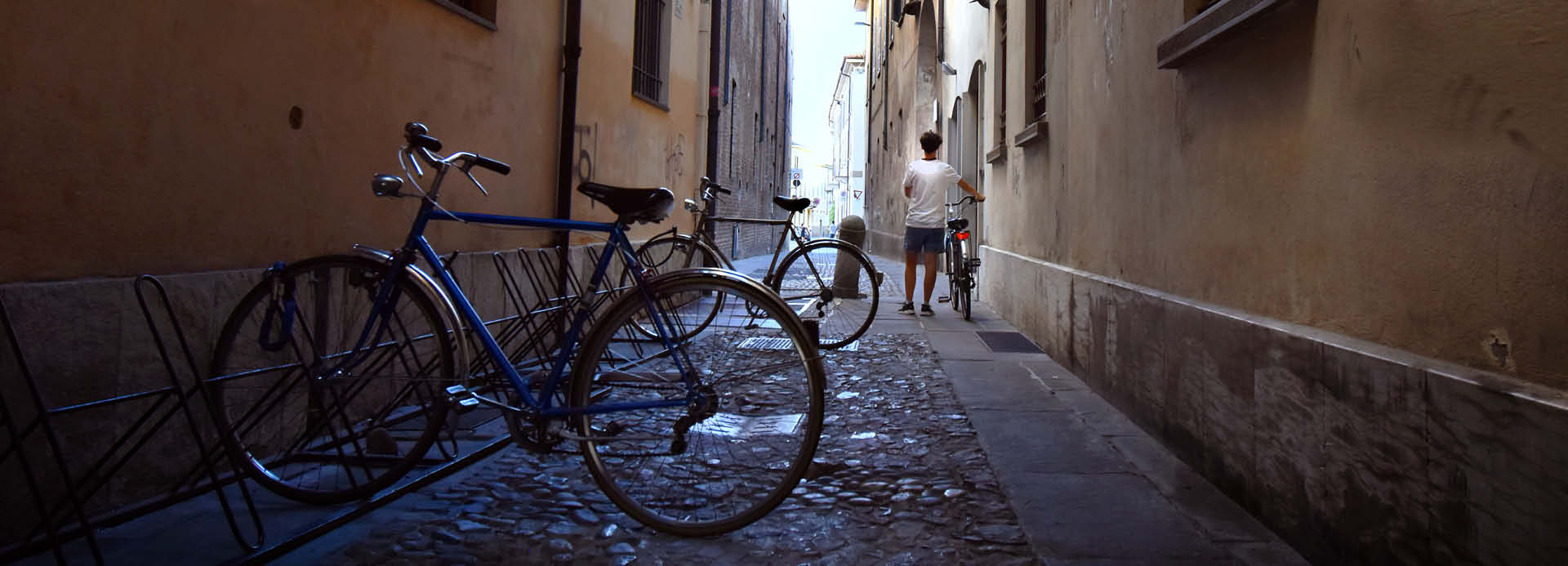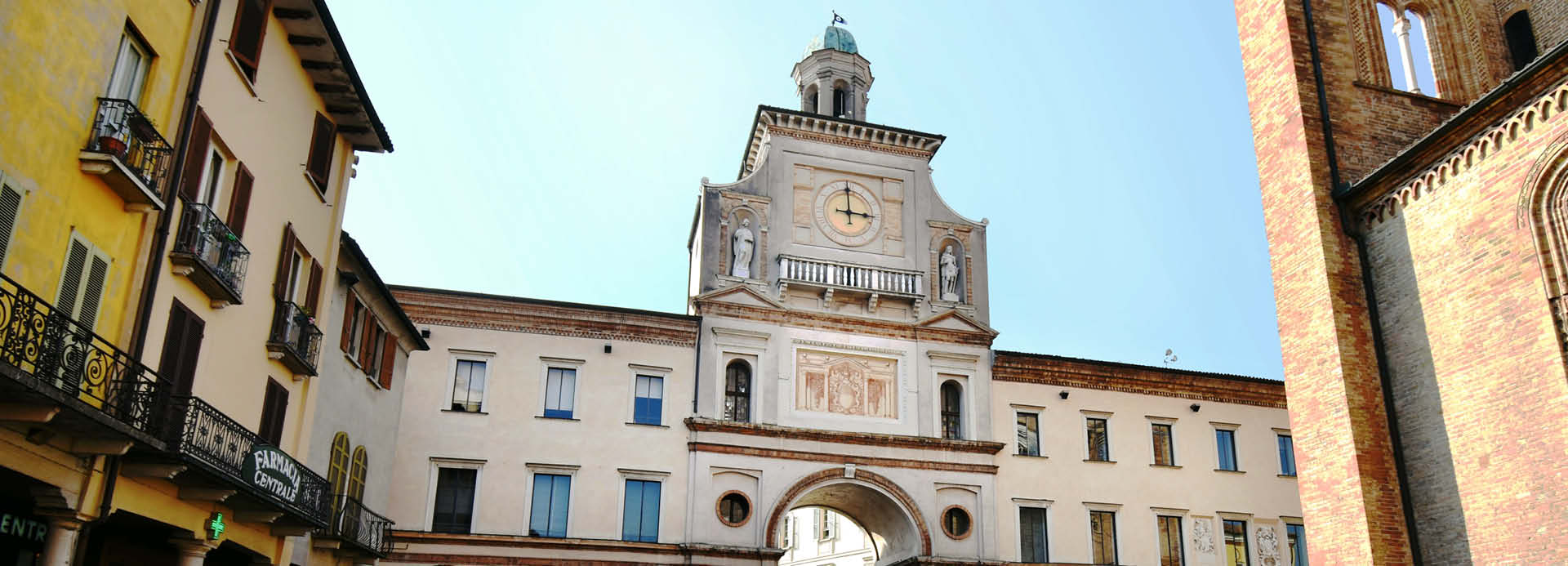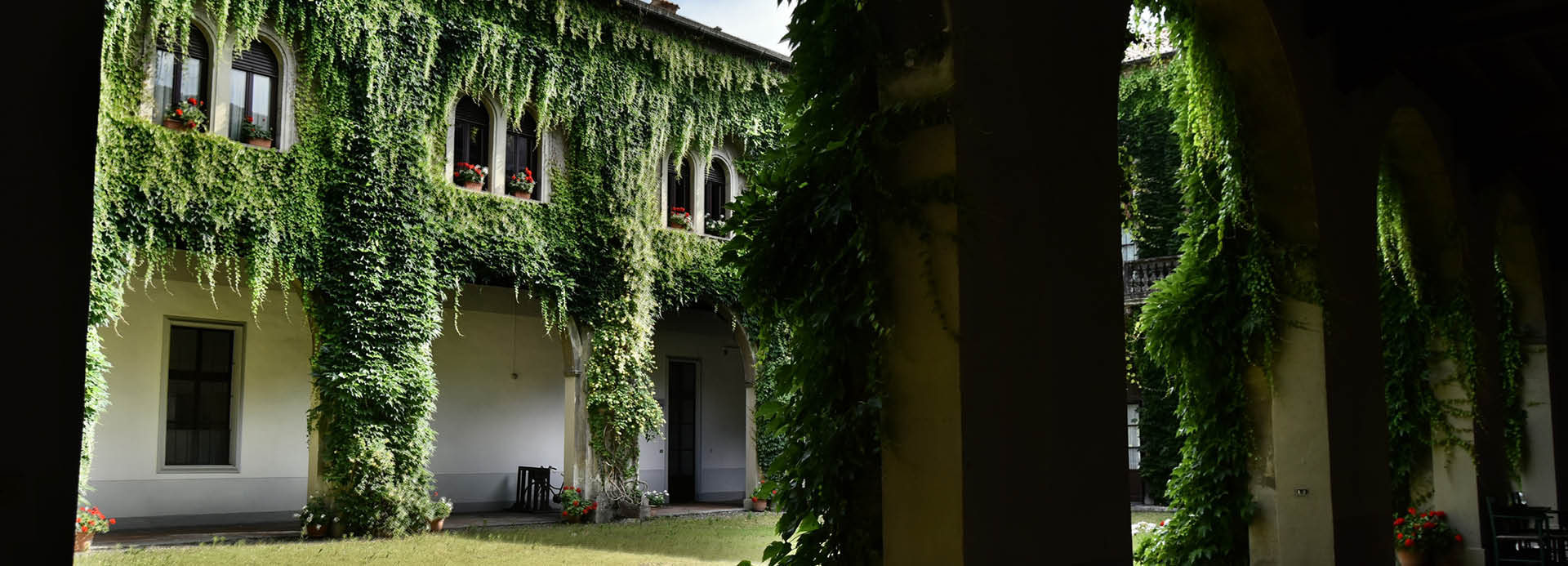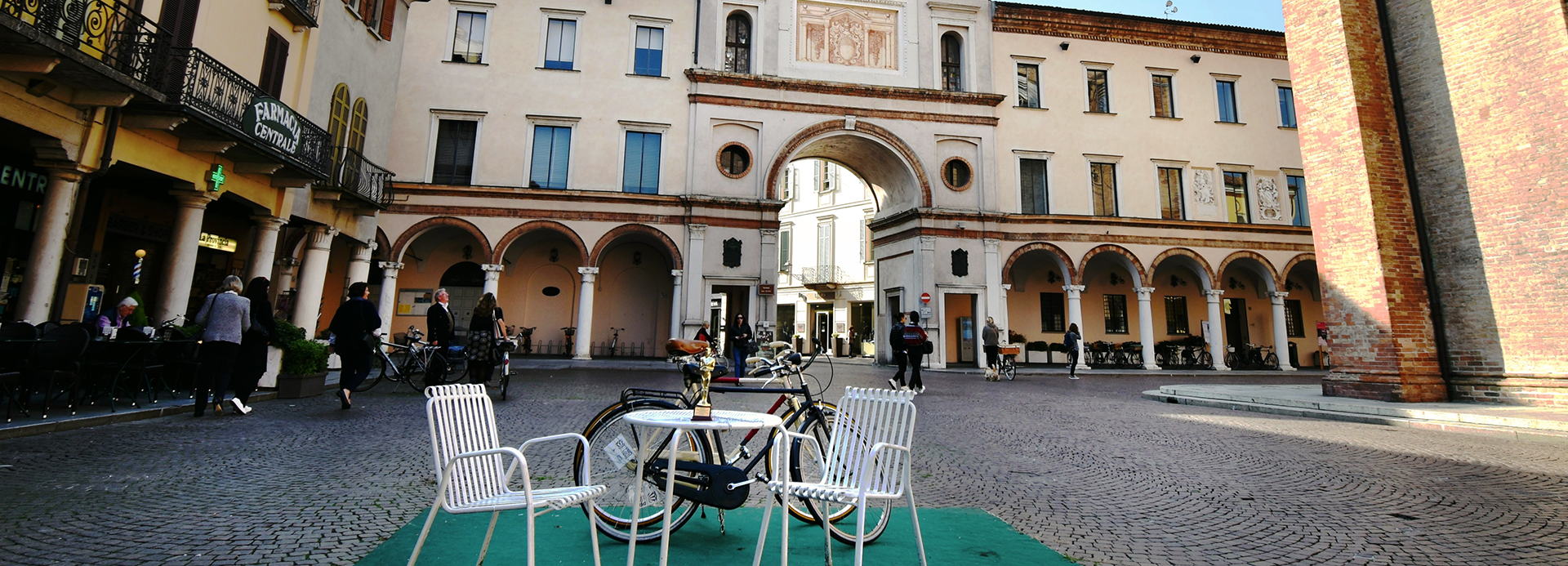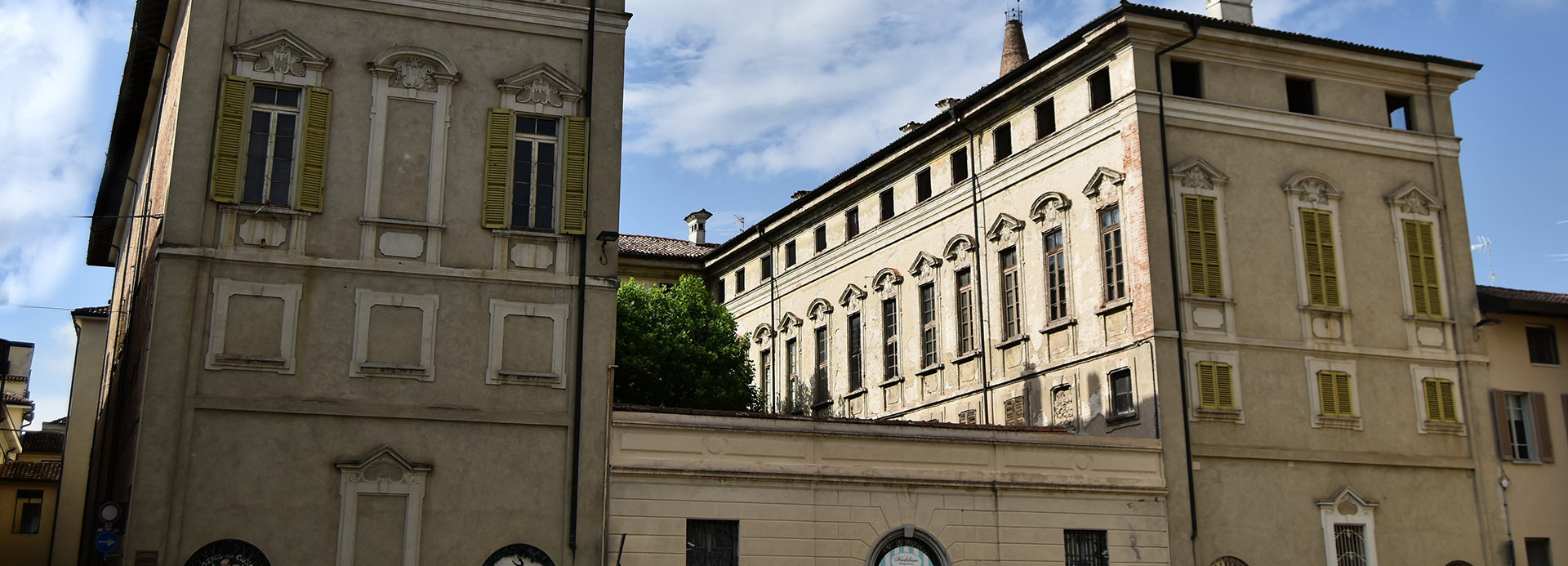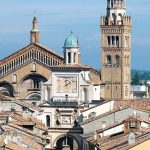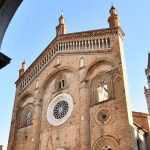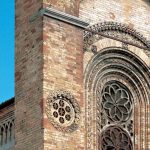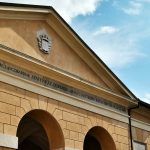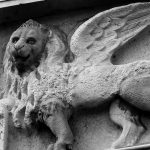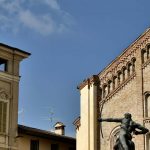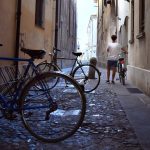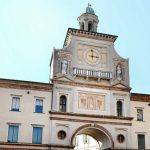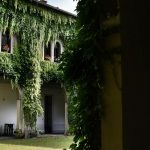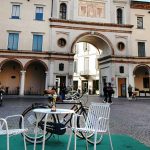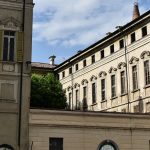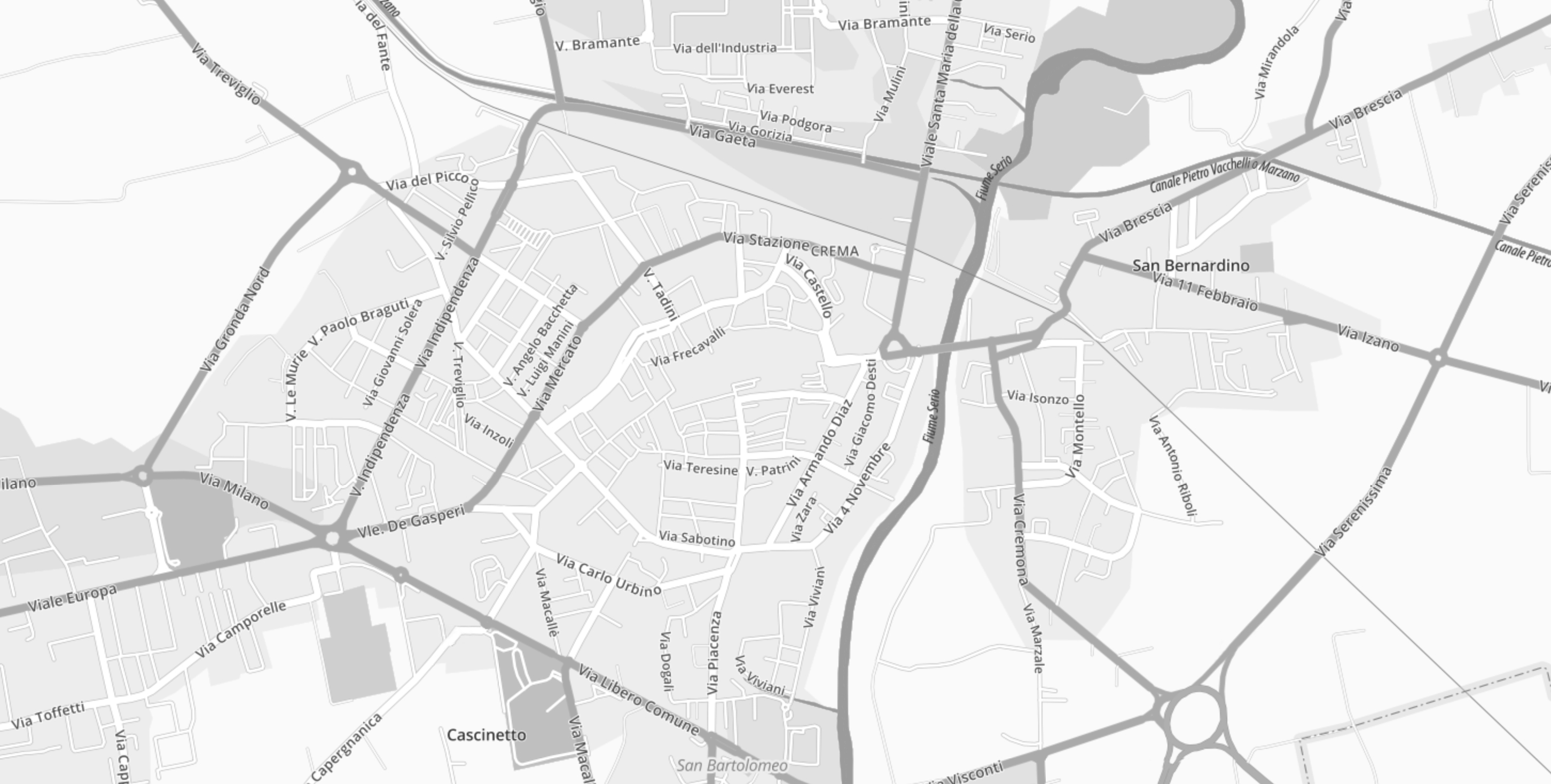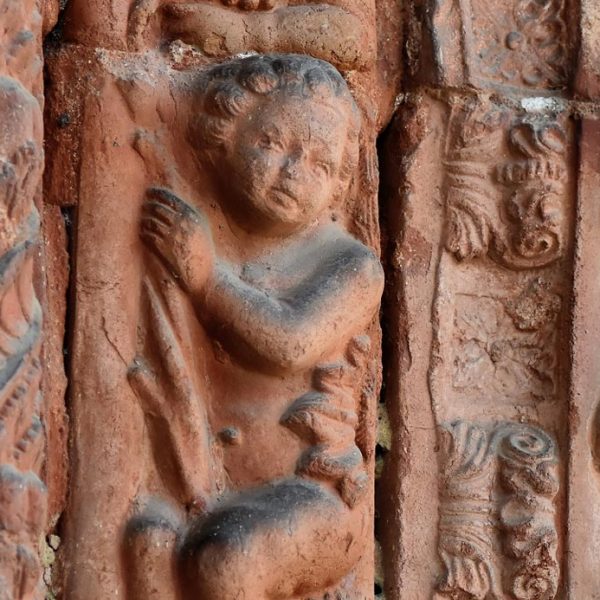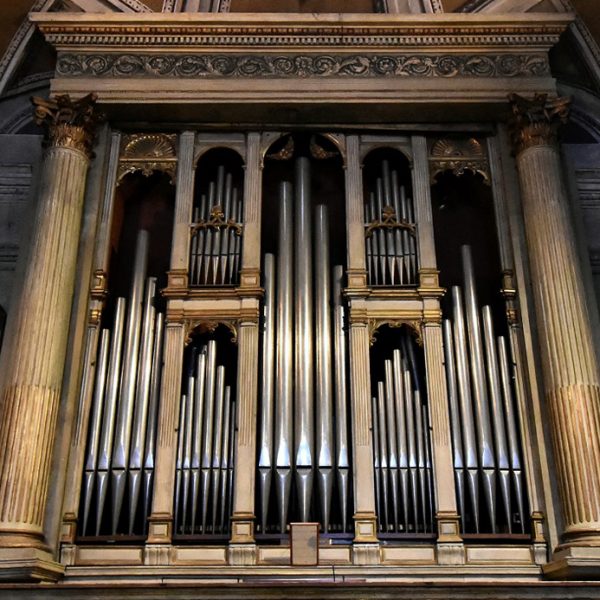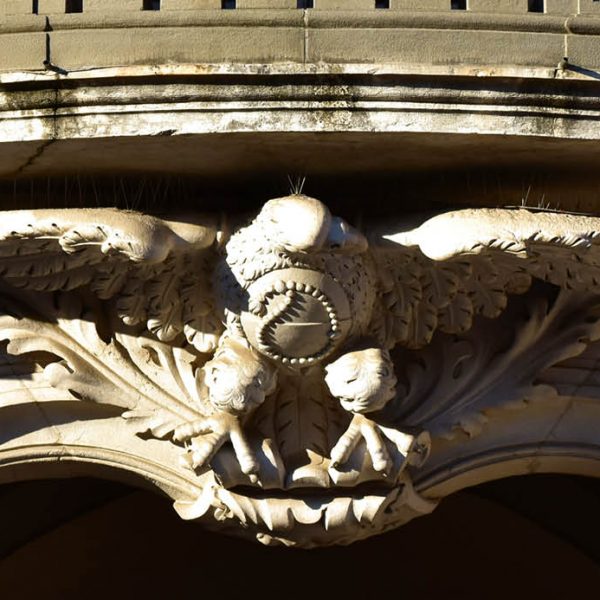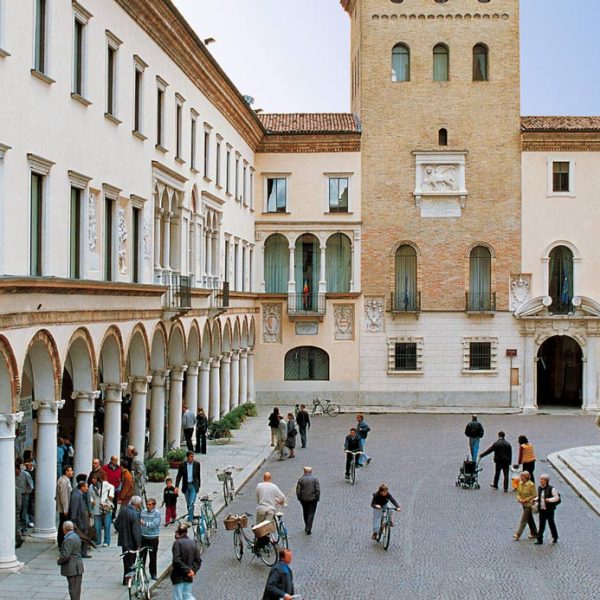 Tutti gli itinerari
Tutti gli itinerari
On the footsteps of Elio and Oliver
This itinerary follows in the footsteps of Elio and Oliver, to discover the locations used in some of the famous scenes of the Oscar-winning film, ‘Call Me By Your Name’, directed by Luca Guadagnino, who chose Crema to set his creation in, shot during the long days of summer, when the sun never wants to set. Strolling through the streets of the town on foot or leisurely cycling through the piazzas, this short tour is a very pleasant way to discover these locations.
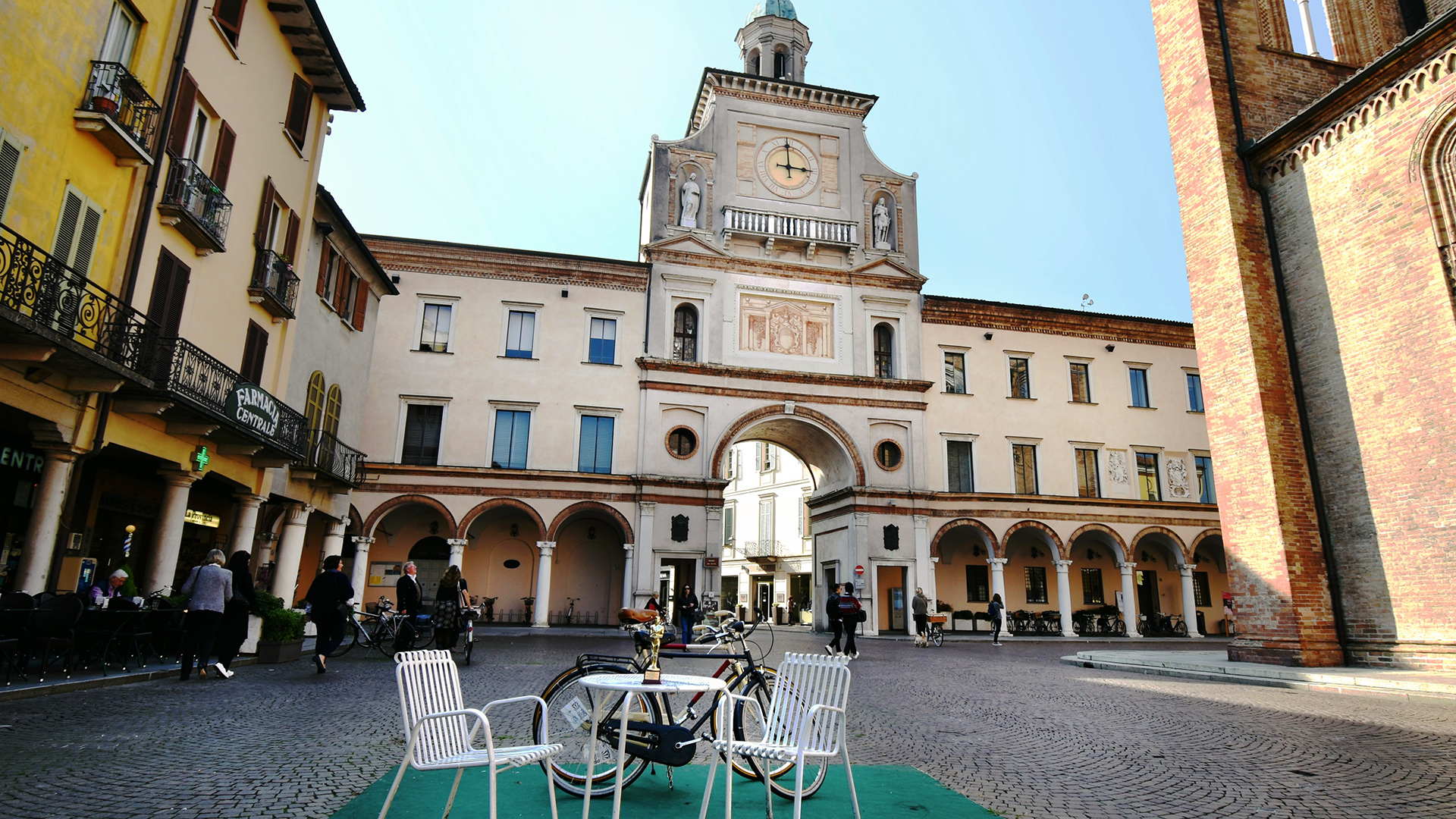
Our trail of discovery starts in the central Piazza del Duomo, the setting of one of the most famous scenes in the film, when Oliver and Elio are sitting chatting at one of the tables outside a bar on a beautiful, sunny day.
The buildings in the square provide a perfect setting. The Cathedral stands tall and imposing and is a wonderful example of Gothic architecture. Built in medieval times, between 1284 and 1341, on the ruins of an ancient church, whose remains are preserved in the crypt. Inside you can find only a small part of the original frescoes that once covered the interior, but there are many other examples of local art through the centuries.
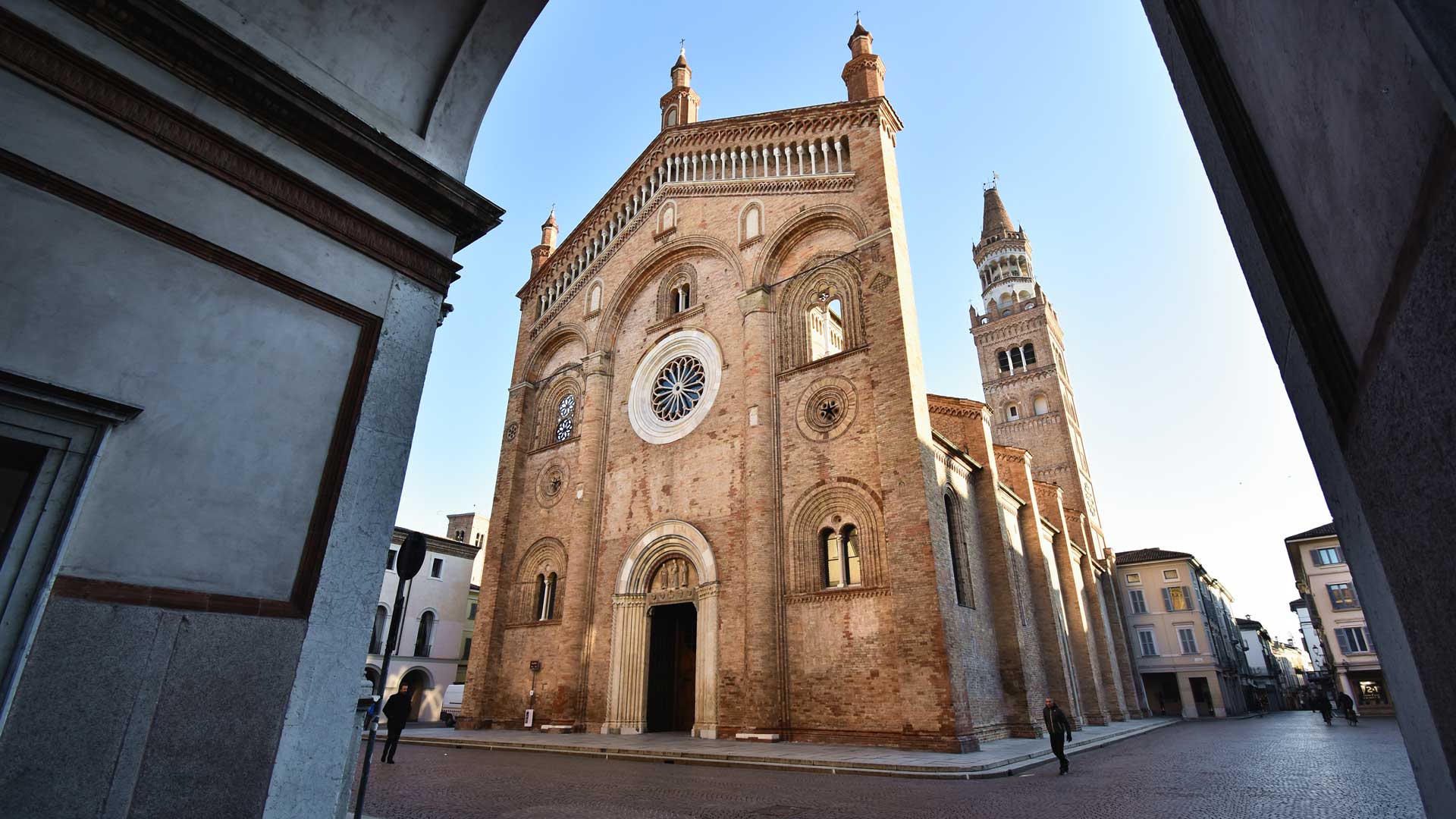
The square is bordered on two sides by sixteenth century palaces. The ‘Palazzo Comunale’, or Town Hall, with its arched portico was built as the government seat in 1525 in typical Renaissance style. The facade is decorated with coats-of-arms belonging to some of the nobles who once governed Crema.

Its portico ends in the arch of the Torrazzo tower, originally the entrance gate of the smaller medieval town, which was turned into a decorative element in the Renaissance era. The north side of the piazza is closed by the Guelph Tower, further testimony of the Medieval age in Crema, and by ‘Palazzo Pretorio’, built in 1547 as the governor’s residence. Today it has an elegant main door dating back to the Baroque era.
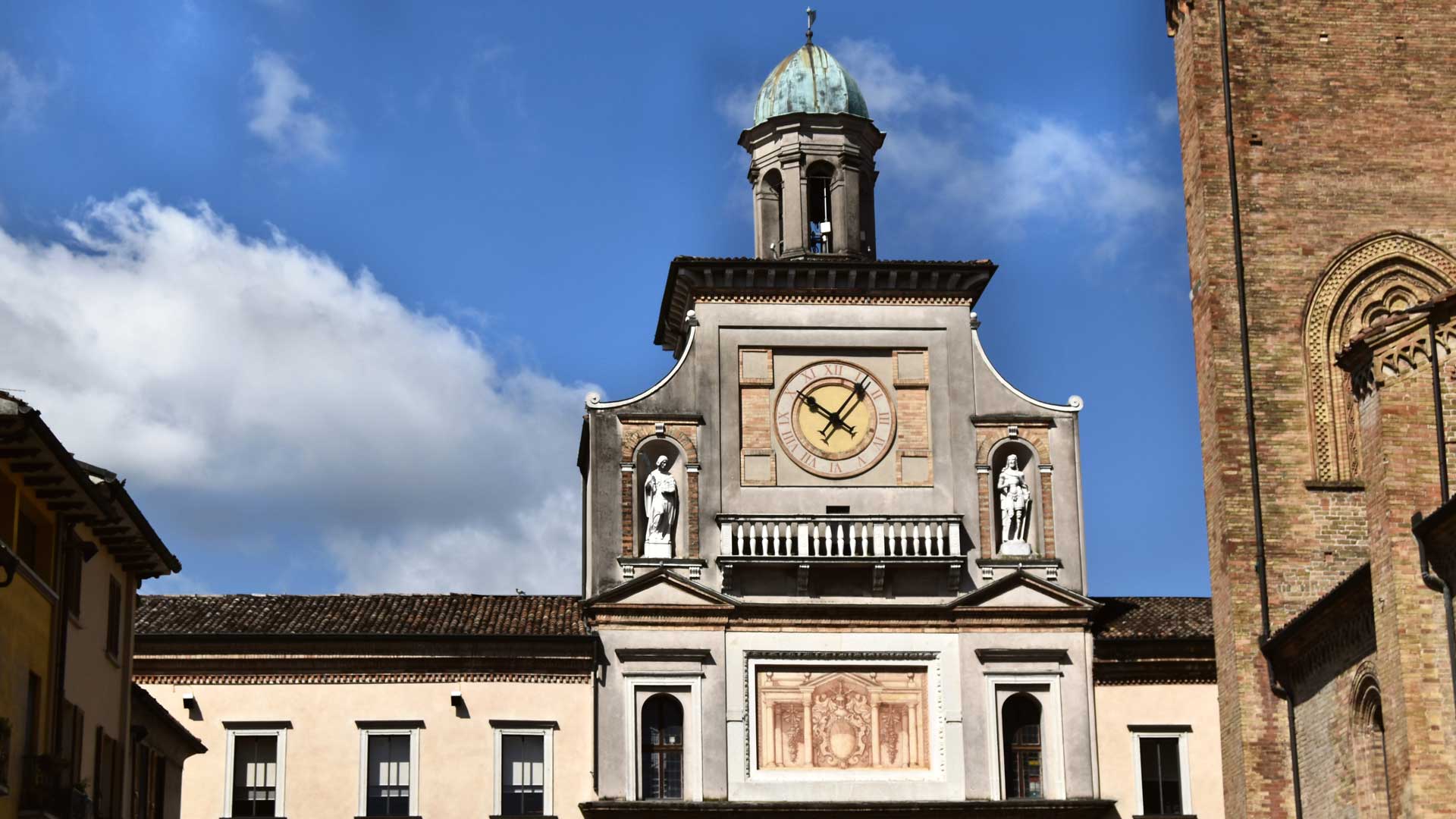
Under the arches on the other side of the piazza, you can see the newspaper kiosk where Oliver and Elio meet, after Oliver comes to the town alone and Elio joins him by bicycle. On the right of the kiosk, just after the Torrazzo tower is Via Marazzi, a small, covered side-street. A number of scenes were shot here, including the moment when Elio gives his friend Marzia a book of poems under the Torrazzo.
The street is named after an old palace, originally built in the 1400s, which once belonged to the Vimercati family. Over the course of time it passed from family to family until the end of the eighteenth century when it became a tavern and then a hotel. Since the early 1900s, it has belonged to the Marazzi family.
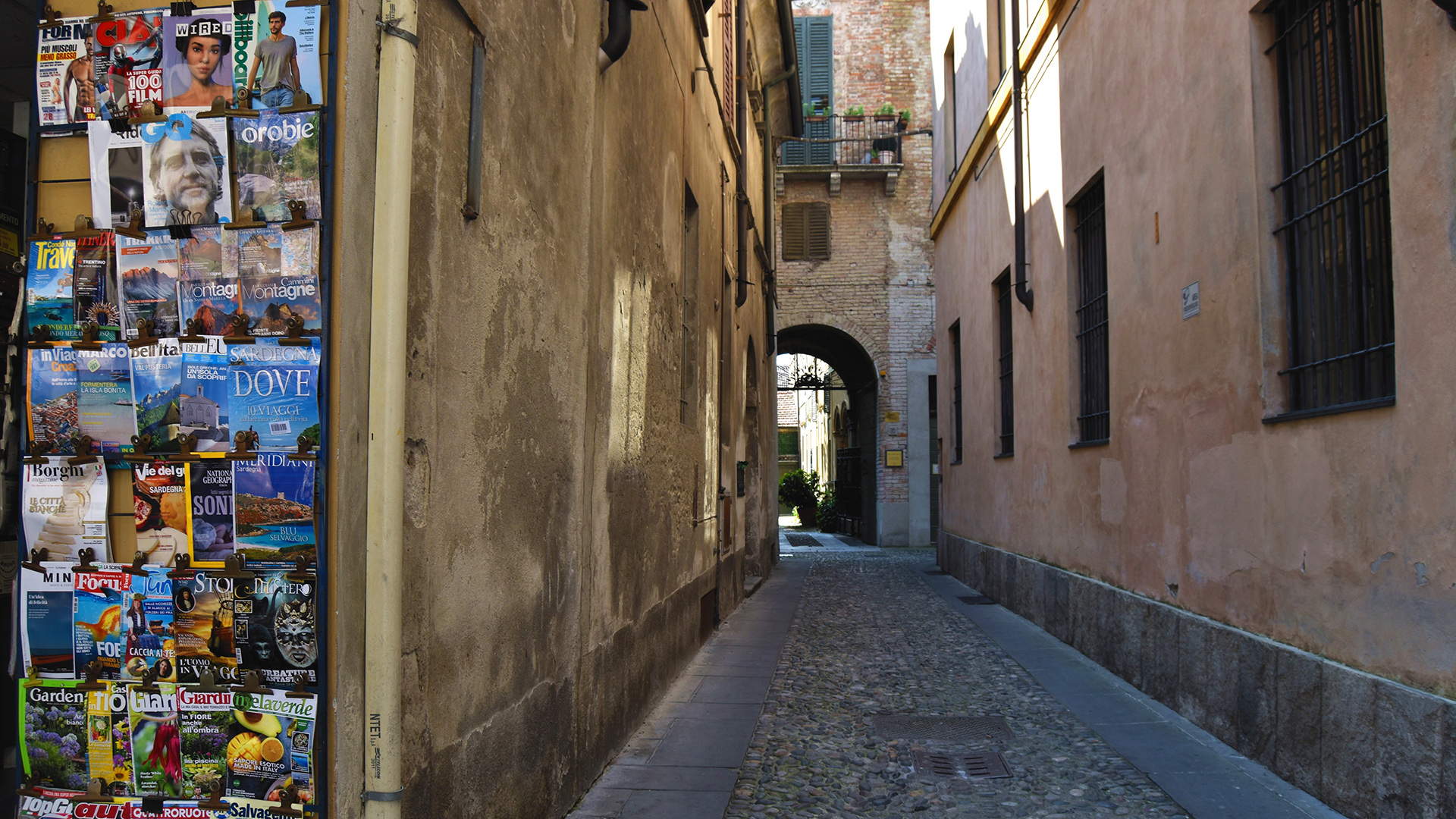
.
This beautiful building has a large wrought iron gate, which allows a glimpse into the courtyard covered in climbing plants. In the same street, you can see the entrance of the Benzoni-Scotti-Martini-Donati Palace, commissioned by Soncino Benzoni in 1504. It is also called ‘Il Palazzo dell’Innominato’’, as a member of the family is said to have inspired the famous Italian writer Alessandro Manzoni, who grew up here with his mother as a child, in the creation of his character ‘Innominato’ (the Unnamed) for his classic novel ‘I promessi Sposi’ (The Betrothed’).
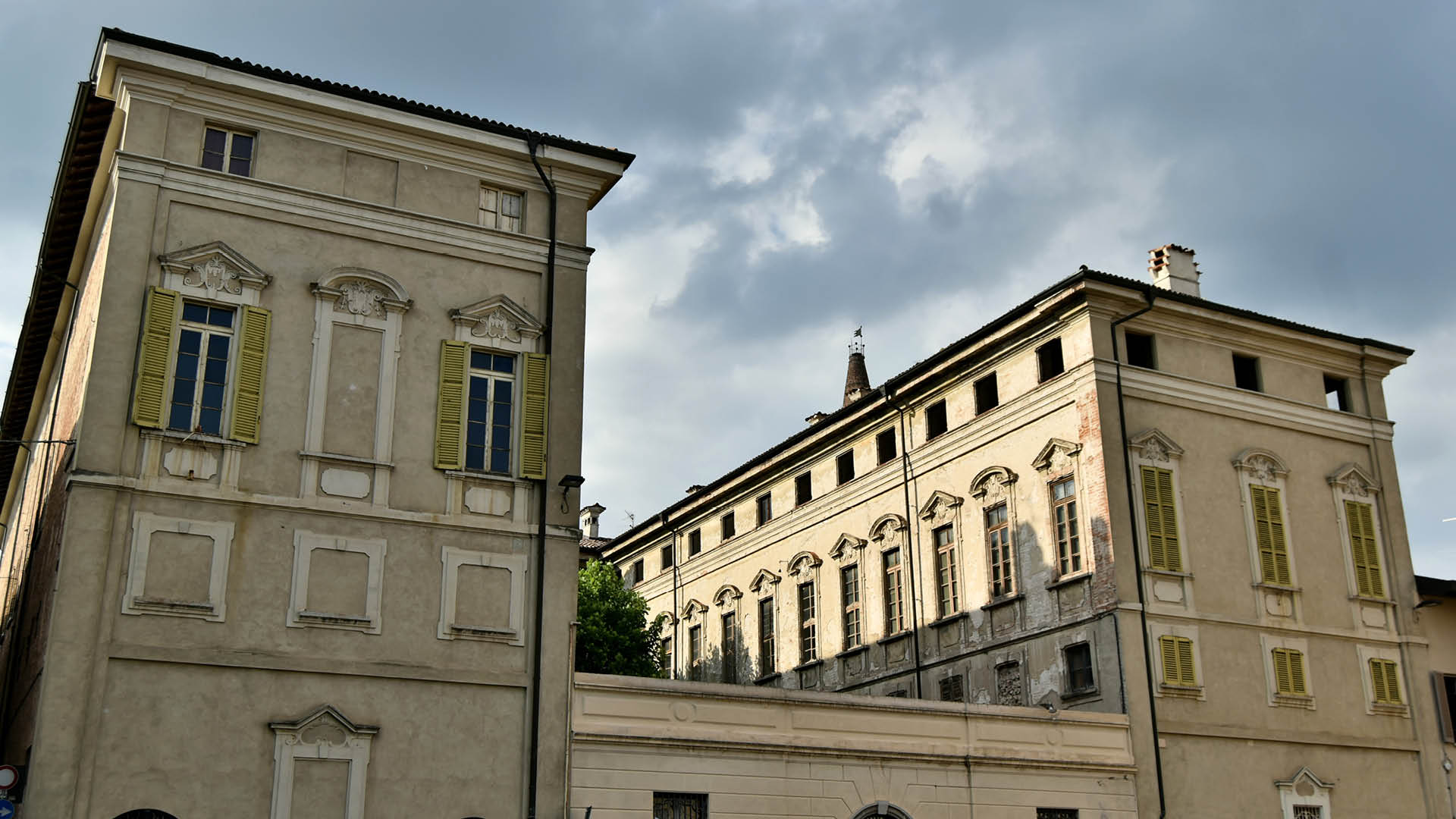
At the end of this street you come to piazza Trento e Trieste, where you will see the Romanesque church of San Domenico, now the theatre complex here in Crema. This piazza does not actually feature in the film, but if you walk past the Austro-Hungarian market, (a cereal, linen & wheat market built in 1842 to celebrate the visit of Frederick I of Austria), you reach the tiny church of Santo Spirito e Santa Maddalena, now deconsecrated.
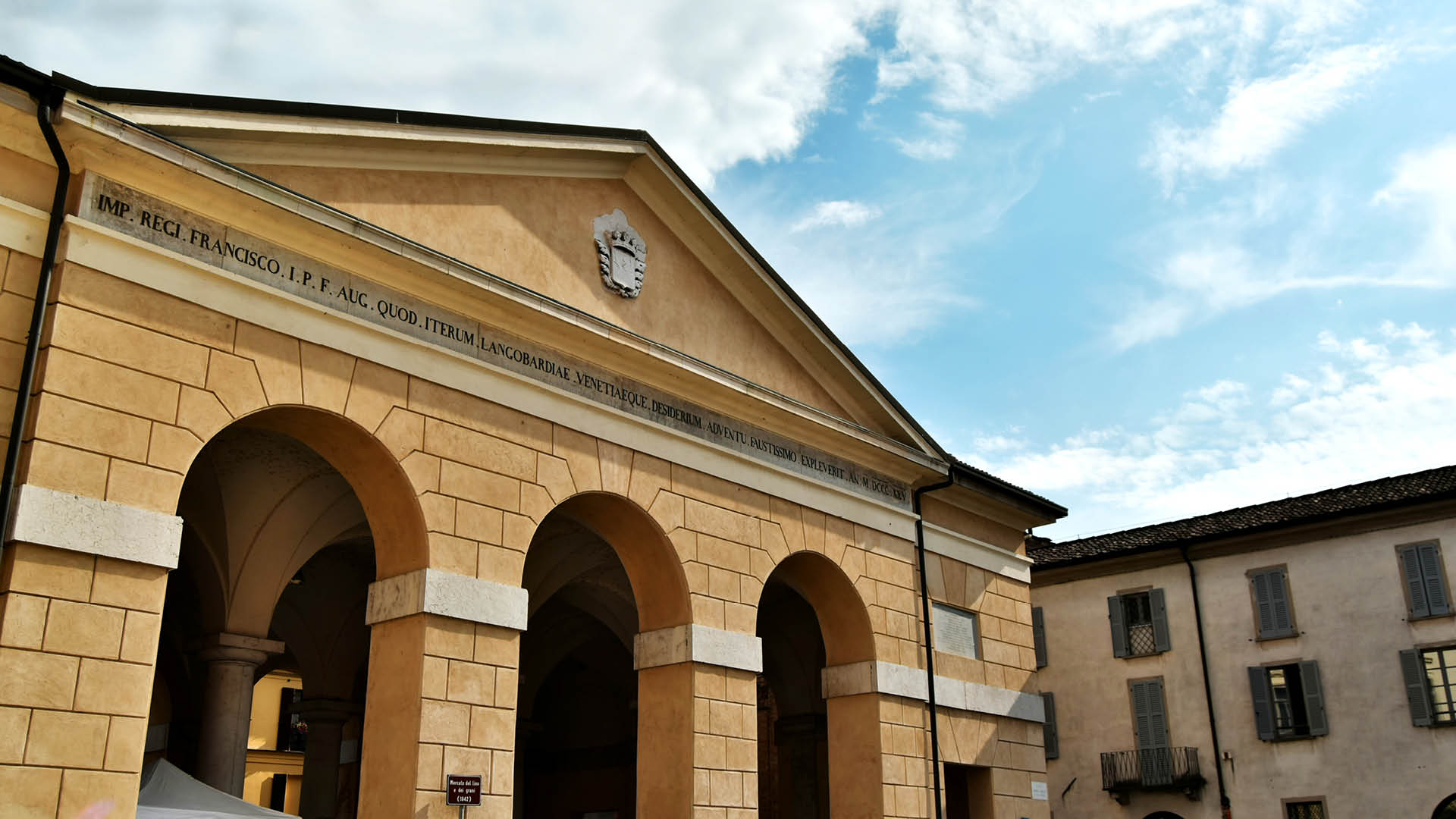
If you turn left from here into Via Buso, you will recognize the street with the little wooden door where Oliver and Elio pass with their bikes. This is only one of the many streets used in the scenes where the characters walk through the streets of Crema pushing their bikes.
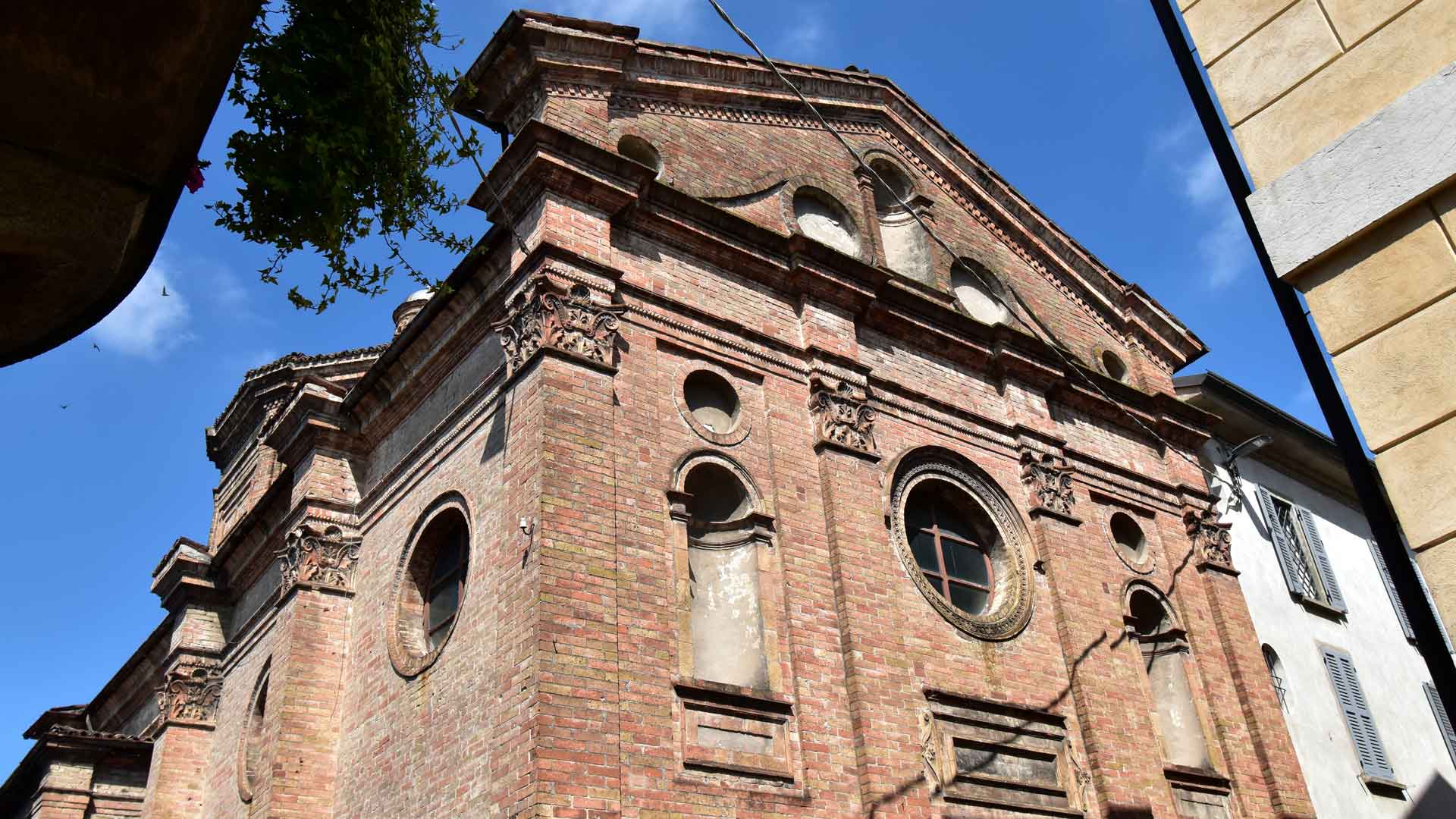
The end of this street opens into piazza Premoli. You can see the stone bench where Elio and Marzia sit for a while during their walk. The piazza is dominated by the palace that gave it its name. It was built between the 15th and 16th centuries and subsequently renovated in the 19th century. The brick facade has an impressive portal, over which you can see a balcony and an eagle, which was the symbol of the Patrini family.
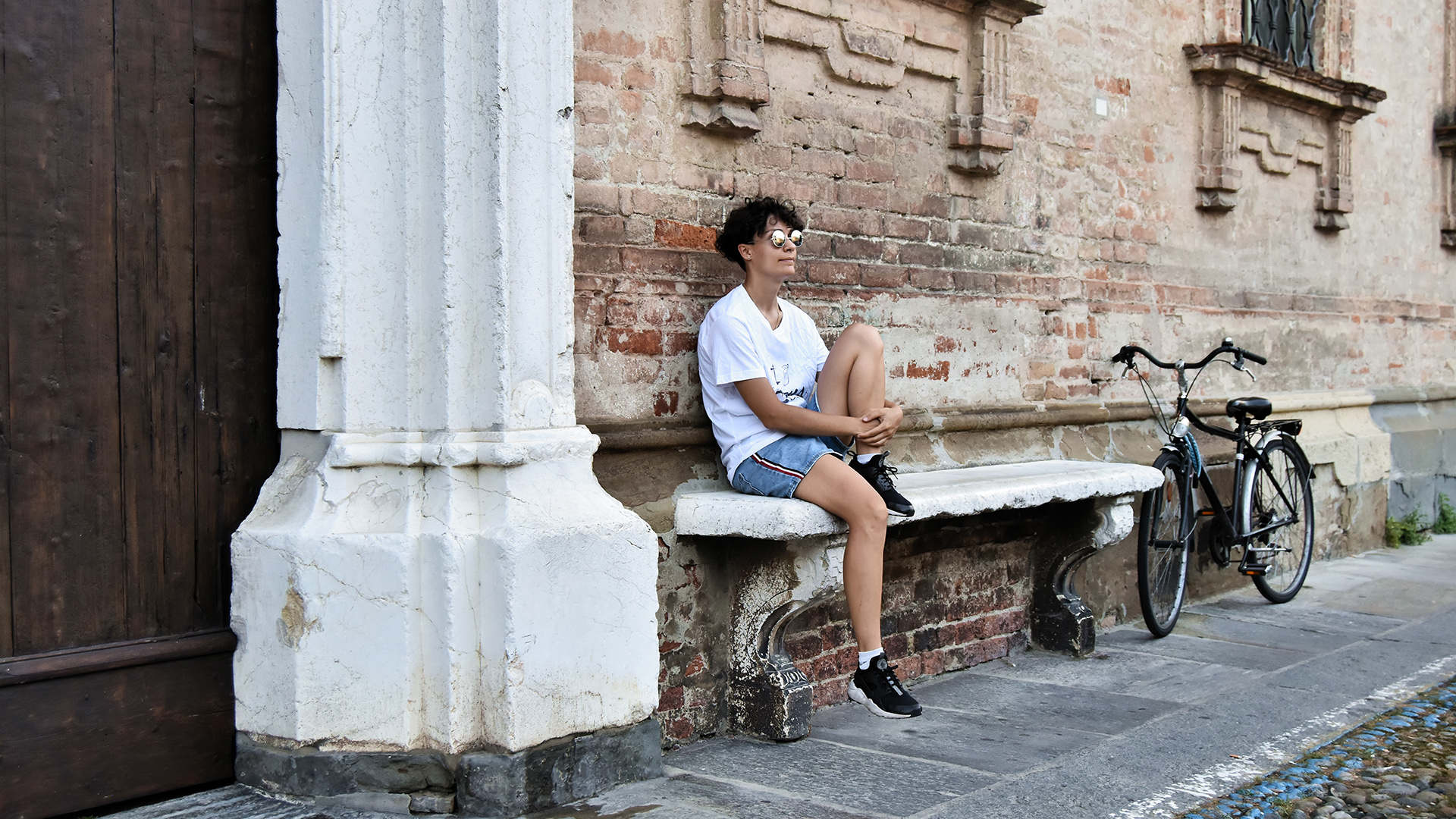
This is where our tour ends, but we suggest you visit the centre of Crema with its many streets and alleys full of the history and traditions that make Crema a real gem.
Now You can follow in the footsteps of Elio and Oliver in the countryside.
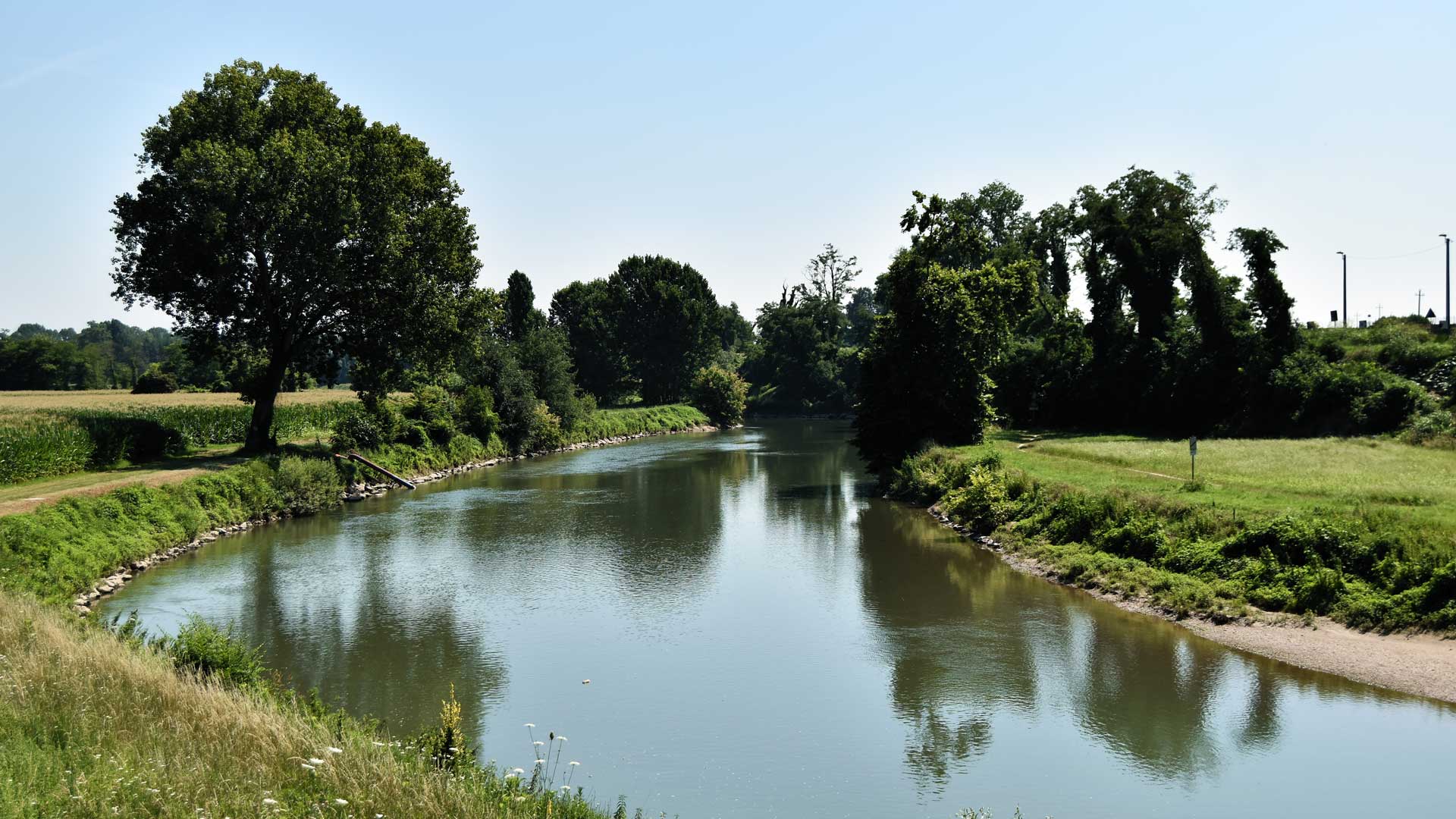
Info
The itinerary starts from Piazza del Duomo

